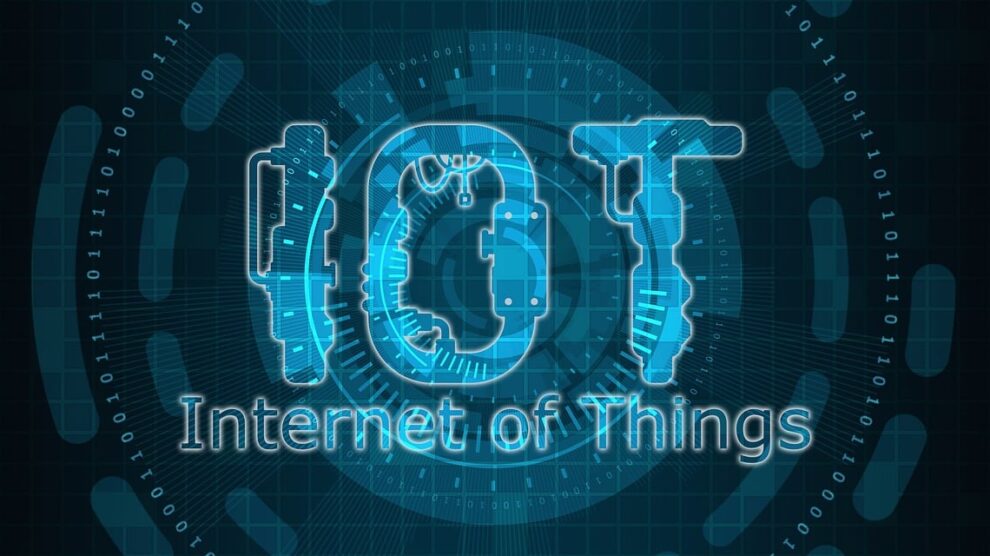The Internet of Things is changing the way we engage with devices and systems, in our lives and across industries like automation and smart homes. Every second sees a flow of data through channels; however this data alone doesn’t hold much value – it’s just a cacophony of information.
Data analytics plays a role in converting the troves of data, from IoT into meaningful insights that can be acted upon by businesses and individuals alike. These insights empower decision makers to enhance their processes and innovate solutions effectively.
The combination of Internet of Things solutions and data analytics is revolutionizing connectivity to enhance industries and positively impact lives. Let’s delve into how this dynamic duo’s bringing about meaningful transformations.
The Connection of IoT and Data Analytics
The internet of things (IoT) and data analysis are closely related. Collaborate to provide benefits.
IoT as a Data Generator
IoTs gadgets, like sensors and cameras or wearables gather information non stop about their environment that is usually disorganized and vast in size. Needing tools for interpretation.
Data Analytics: Making Sense of IoT Data
Data analysis involves examining the data collected from devices to discover patterns and anomalies and gain valuable insights into the information gathered from them. Techniques such as machine learning and predictive analytics enhance this process further by facilitating decision making actions based on the analyzed data.
Top Uses of IoT and Data Analysis
The merging of IoT services and data analysis is revolutionizing sectors by establishing systems and empowering decision making based on data.
- Smart Cities
Smart cities use technology to gather information on traffic patterns and energy usage to ensure safety and enhance urban development for a better quality of life.
Combining traffic sensors with analytics allows for the adjustment of timings to lessen traffic jams and enhance travel times for commuters.
- Healthcare
Wearable monitors and medical devices that are connected to the Internet of Things produce health information that can be utilized to improve well being, through efficient analysis.
A heart monitor that can be worn warns a doctor about any heart patterns of time so they can intervene early in case of a cardiac problem.
- Retail
Tracking customer movements and monitoring inventory levels are applications of devices, in retail settings; analyzing this data allows businesses to understand consumer behavior better and tailor marketing strategies accordingly for more effective inventory management.
A local shop utilizes information from the Internet of Things to enhance the arrangement of shelves by considering sales and customer traffic trends, in time.
The Impact of Cloud Computing on IoT Data Analysis
The integration of Internet of Things (IoT) and data analytics greatly benefits from the use of cloud computing technologies allowing for a connection between the two systems.
IoTs produce volumes of data that’re often too large to handle on local systems. Cloud services such as AWS IoT Core and Microsoft Azure IoT Hub provide storage and processing capabilities.
Businesses can use cloud based analytics tools to analyze data, for quicker decision making processes in fields such as autonomous vehicles and real time monitoring systems.
A transportation firm monitors packages, in updates through sensors while utilizing cloud analytics to gain valuable insights, for enhancing routes and minimizing delays.
Challenges in IoT Data Analytics
Although IoT solutions have potential when combined with data analytics there are challenges that need to be addressed with consideration.
- Data Overload. The vast amount of data produced by devices can be too much for traditional systems to handle on their own.Therefore businesses must utilize tools such, as edge computing and machine learning to process and analyze this data.
- Security and Privacy. IoT devices frequently gather information which can attract cyber threats; hence it is crucial to ensure encryption methods along, with secure access controls and compliance procedures to safeguard this data effectively.
- Integration Complexity. The world of IoT is quite varied since devices often follow protocols and standards which can make it tricky to smoothly connect them all. From devices, to networks, to analytics platforms.
Cutting-Edge Innovations Elevating IoT and Data Analysis
The progress of IoT and analytics is moving forward quickly due to technologies that improve their functionalities.
AI
AI improves data analysis by automating tasks and recognizing patterns to forecast results accurately.AI driven Internet of Things (IoT) setups can independently make decisions using, up to the minute information.
A smart irrigation system utilizes intelligence to examine weather patterns and soil conditions before adapting water usage to enhance crop productivity.
Edge Computing
Processing data at the edge helps minimize delays and conserves bandwidth by working to the origin point of the data flow. A feature for time sensitive tasks such as industrial automation and interconnected vehicle systems.
Conclusion
The combination of Internet of Things (IoT) solutions and data analysis is changing the way we see possibilities in a world where everything is connected. By converting data into insights this powerful blend is boosting productivity, making experiences better and sparking new ideas across various sectors.
As technology progresses further and further ahead, in today’s world the possibilities of IoT and analytics are set to expand bringing about solutions and fresh chances. For both businesses and individuals adopting this groundbreaking tech is essential for success, in an evolving interconnected environment.





